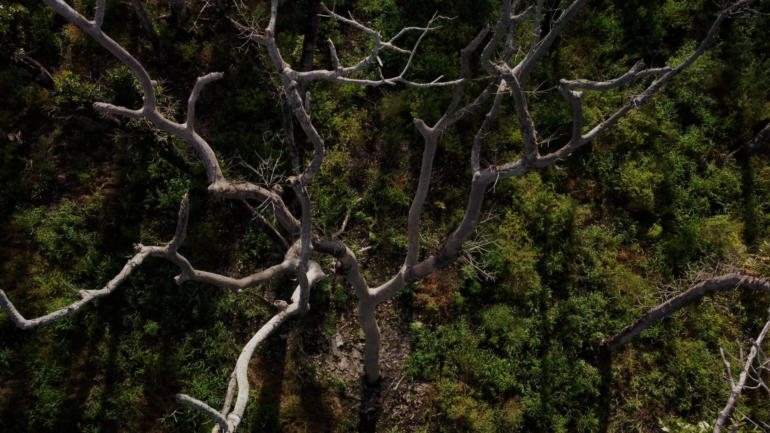In 2020, the Amazon region fell victim to more than 100,000 wildfires, more than any other year on record.
One fifth of them occurred in the stretch of forest known as the Pantanal, which crosses three countries: Brazil, Paraguay and Bolivia.
Its biodiversity is unmatched. And it’s home to unique and endangered animal species, including the South American jaguar. Its lush vegetation is also a major carbon sink, absorbing greenhouse gases.
The Pantanal suffered some 22,000 fires last year, according to Brazil’s fire monitoring agencies. The losses are incalculable and greatly diminish global efforts to control C02 in the atmosphere.
Images of charred forests and dead and injured animals struck hearts and minds around the world. They also spurred yet more warnings from scientists about the dangerous effects of global warming.
2021 isn’t gearing up to be much better in Brazil, especially if warming trends, farming practices and funding for fire prevention hold steady. Gerry Hadden traveled to the Pantanal to find out what’s being done to stop the fires and heal the wounds.
 CGTN America
CGTN America
